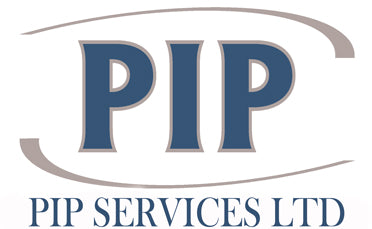Regular audits and inspections are an important part of maintaining and improving health and safety standards. They play a key role in identifying potential hazards, ensuring regulatory compliance and promoting a safe working environment. On this page, we explore key aspects of these processes to help you prepare for them.
Safety Audits
These are systematic evaluations of the health and safety policies, procedures and practices within an organisation. The goal is to identify areas for improvement and ensure everything is in compliance with industry regulations and standards.
There are four main types of safety audits:
- Internal Audits: These are conducted by an organisation’s own staff to assess internal compliance.
- External Audits: Third-party auditors come in to deliver an objective evaluation of an organisation’s safety practices.
- Compliance Audits: These focus on ensuring strict adherence to the relevant legal and regulatory requirements.
- Performance Audits: Assessments of the effectiveness of the current safety programs and initiatives.
A Step-by-Step Example of a Safety Audit
Here is the basic process of conducting a safety audit:
- It starts with planning, wherein the scope, objectives, and schedule are established and an audit team is assembled.
- Next, the relevant documentation is reviewed, including policies, procedures, training records, and past audit reports.
- The workplace should be physically inspected to identify potential hazards and observe work practices.
- Employees should be interviewed to explore their awareness of safety protocols.
- The data gathered should now be analysed to find areas for improvement.
- Finally, a report should be compiled to highlight the findings of the audit.
- A follow-up may be necessary to monitor the implementation of corrective processes.
Compliance Inspections
Compliance inspections are reviews into practices and procedures to ensure full compliance with health and safety regulations. They should be conducted regularly and aim to identify non-compliance issues in order to correct them to mitigate risk and eliminate liabilities.
These inspections can come in several different forms:
- Routine inspections.
- Unannounced inspections.
- Incident-based inspections.
- Specialised inspections.
What Are the Key Elements of Compliance Inspections?
In broad terms, a compliance inspection should look like this:
- Preparation: Review the relevant regulations, standards and inspection checklists.
- Inspection: A thorough examination of the workplace is carried out, including equipment and work practices.
- Documentation: A record of findings is produced, including non-compliance issues and recommended actions.
- Employee Interviews: Employees will be spoken to in order to verify compliance and gather feedback.
- Follow-up: Subsequent visits should aim to ensure corrective actions are implemented and re-inspections may be necessary to verify compliance.
Corrective Action Plans
These are essential for addressing non-compliance issues. These issues are usually identified during audits and inspections, and the action plan outlines specific steps to rectify issues so that there are no future occurrences.
To develop a corrective action plan, the following process should be carried out:
- Identify the non-compliance issues or hazards discovered during the inspection.
- Set clear, achievable goals for resolving the issues.
- Designate responsibilities to individuals or teams for implementing actions.
- Outline the specific actions to be taken to address each issue, including timelines and resources.
- Monitor the progress of implementing the corrective actions and ensure they are completed.
- Finally, assess the effectiveness of the corrective actions and adjust as needed.
Why choose PIP Services for your health and safety consultancy?
We’re dedicated to providing the highest level of advice on all Health and Safety related matters and will assist companies in meeting their obligations. We offer a wide range of Health & Safety Services for a variety of clients. We represent many companies and deal with all of their Health & Safety matters.
We’re also an accredited CITB, NEBOSH, IOSH, IWFM & CITB training provider, as well as a ProQual-approved NVQ centre.
We also offer a business partnership programme offering a NVQ Level 6 Diploma in Occupational Health & Safety & NEBOSH General Certificate to help you become a health and safety consultant.
We are rated 4.9/5 on Trustpilot, and you can read our reviews here. If you would like to speak to us about your training needs, please get in touch using the button below.

